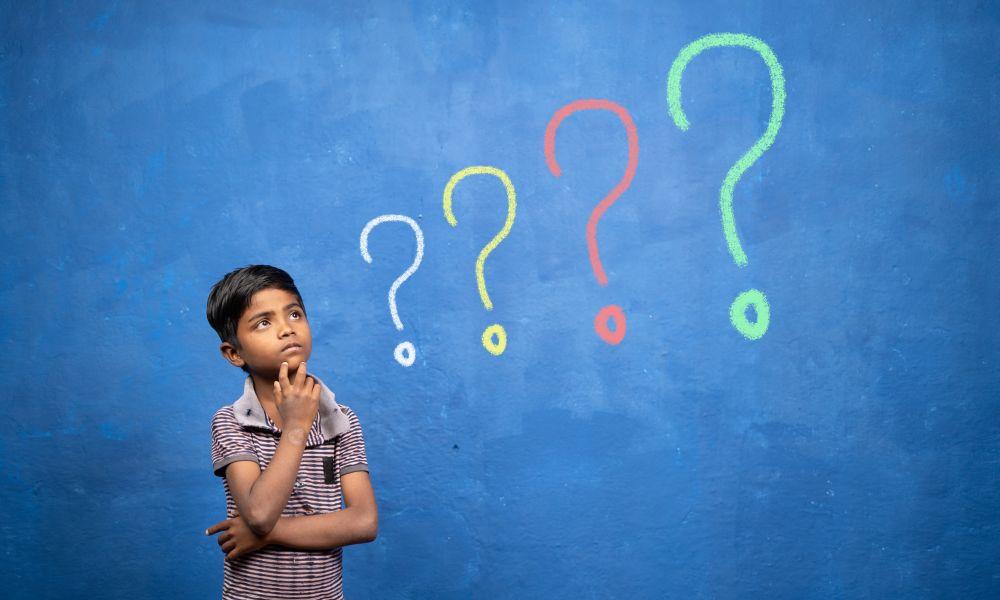‘If we teach today’s students as we taught yesterday’s, we rob them of tomorrow.’ This quote from John Dewey (Turkmen, 2006) reflects the importance that we, as educators, need to prepare our children for an uncertain and competitive tomorrow.
In a rapidly changing and fast-paced world, academic knowledge alone is no longer sufficient to succeed. We need to equip our students with the necessary skills to thrive in the future.
At Suncity School we believe that learning should be open-ended, not closed, and that personal development is just as important as academic achievement.
Our learning practices are an amalgamation of Transdisciplinary and Project-Based Learning (PBL) blended with Visible Thinking Routines (VTR). We’ve found that combining these 3 learning practices creates a powerful educational experience that helps in fostering 21st Century skills.
Transdisciplinary learning emphasises the integration of knowledge and skills from various disciplines to address real-world issues – encouraging students to see the interconnectedness of different subjects to gain a deeper understanding of complex topics.
PBL focuses on engaging students in authentic, in-depth projects that require them to apply their knowledge and skills to solve real-world problems. It encourages inquiry, collaboration, and boosts autonomy and agency in the learning process.
Visible Thinking Routines (VTRs) are a set of learning strategies developed by researchers at Harvard University’s Project Zero. VTRs aim to make thinking processes visible to both teachers and students. They provide a structured framework for students to think critically, reflect on their learning, and deepen their understanding.
Introducing a learning topic using VTRs, KWL (what students Know about a topic, what they Want to know, and what they have Learned), Think-Pair-Share, Carousel Brainstorming, Frayer Model and Snowball fights are just some strategies that we have implemented to lay a strong foundation at the start. The lessons are planned in such a way that they are more student-led than teacher-led. We have found that having students lead the lesson helps in promoting a more engaging, meaningful, and effective learning experience.
Allowing students to take ownership of the learning process gives them autonomy to explore different paths and methodologies to understand various topics. They take part in the inquiry process in groups or as individuals and learn more about the topic by way of research, survey, interviews and many more strategies.
This Project Zero webpage has more on the different VTRs. Colour-Symbol-Image, Generate-Sort-Connect-Elaborate, Options Diamond, Headlines are among those used by students to gather the information. Input from various disciplines emphasises the need to draw on knowledge and skills from different areas to address the challenge effectively. Culminating their learning with a presentation to a broader audience followed by a class discussion strengthens understanding. Students have reflected on the processes and outcomes using the 3-2-1, Peel the fruit, Traffic Light and other VTR strategies.
Our students from Grade V, as part of PBL in Mathematics, after individually understanding the concepts of the 4 number operations, worked together to make flash cards, board games, maze games (integration with Art), a calculator on Scratch (integration with ICT) etc. Students framed questions on the concepts learnt along with the answers (critical thinking), wrote instructions (language integration) and presented their project as a team in the class (communication and presentation skills). Their completed project was assessed using a rubric.
The students of Grade VI under the topic ‘Globes and Maps’ took on the project of developing the school’s evacuation plan. They started by learning about cardinal directions, plans, sketches and maps and then went on to prepare an evacuation plan for the entire school. They conducted a mock drill, keeping all safety parameters in mind. Here’s more on the processes and progression for the Evacuation Plan project.
Finding and sorting of information
- In their routine lessons, students understood the differences between detailed plans (layouts) and sketches.
- Students were able to identify different types of maps (for example, physical, political, topographic, climatic).
- They learnt about the different signs and symbols that we see on daily basis in public places, such as railway stations, airports, roadways, hospitals and shopping malls.
- They understood the map scale and how to convert the map scale to an actual measurement to find out the distance.
Going further – developing an Action Plan through PBL
- After completing the above, students went on a school tour to learn the exact location of each and every area of the ground floor.
- They recorded their observations and went on to prepare a plan/layout of the ground floor.
- In a class discussion, following the preparation of the layout, students came up with an Emergency Evacuation Plan. They included the emergency exits in the layout they had designed.
- Students visited every class in the school and explained the Emergency Evacuation Plan, with the exit locations, to students, teachers, and admin staff.
- The students presented their Emergency Evacuation Plan. The visiting teacher used a rubric to assess them on the clarity of presenting the information in their class.
References
Turkmen, H. (2006). What Technology Plays Supporting Role in Learning Cycle Approach for Science Education. Turkish Online Journal of Educational Technology-TOJET, 5(2), 71-76. https://eric.ed.gov/?id=EJ1102483



